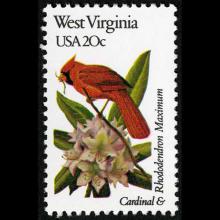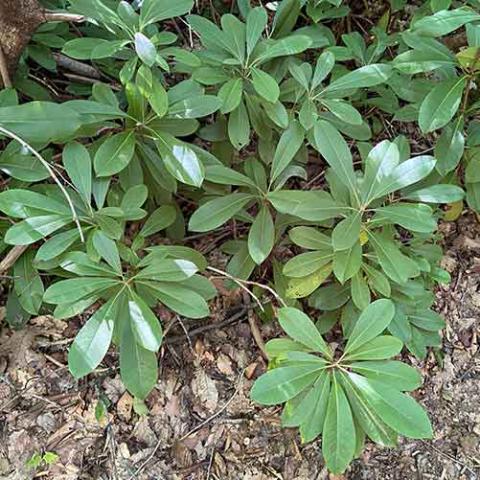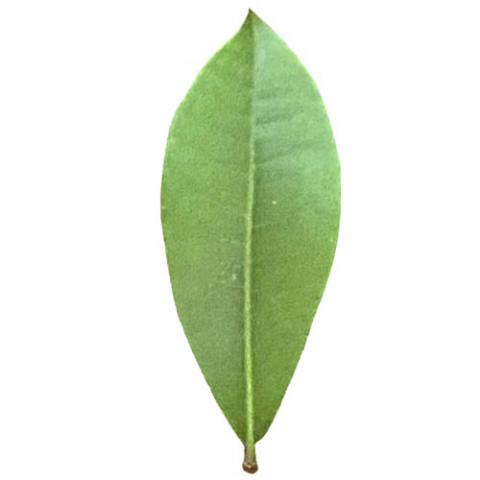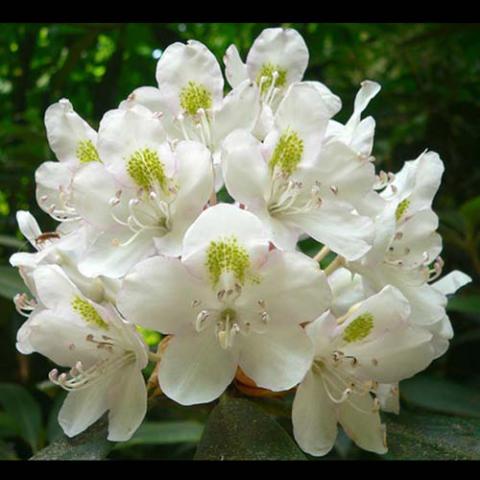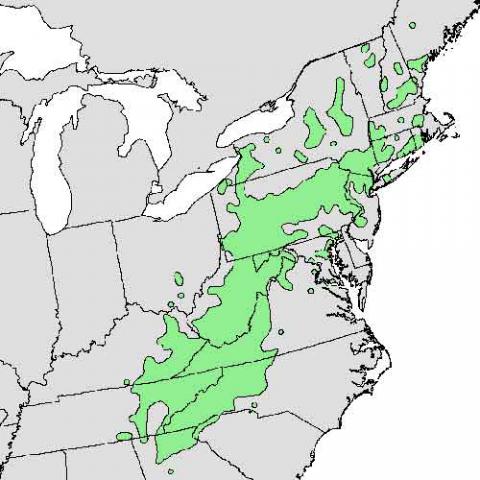NAME(S)
TAXONOMY
PLANTAE ID
THERAPEUTIC
United States
Issued:
Stamp:
Rhododendron maximum
United States
Issued:
Stamp:
Rhododendron maximum
United States
Issued:
Stamp:
Rhododendron maximum
Walking along the trail at Wawayanda State Park we entered a Rhododendron maximum forest on all sides. The overstory were mostly tall, hard-wood trees: oak, maple, beech and ash, while the Rhododendron maximum dominated the understory. The leaves looked so healthy and shiny, absorbing the filtered light that made its way through the canopy and down to the forest floor. It turns out that its wood is relatively hard, as far as wood goes, and is used for specialty items. Overall, it's considered rather poisonous, though on the pfaf.org website, there are references to it being used as an analgesic and as a way to treat rheumatism. If I do go back to see that Rhododendron maximum grove, I hope it'll be when they are blooming in late June and early July.
Genus species (Plantae): Rhododendron maximum
Rhododendron maximum — its common names include great laurel, great rhododendron, rosebay rhododendron, American rhododendron and big rhododendron — is a species of Rhododendron native to the Appalachians of eastern North America, from Alabama north to coastal Nova Scotia.
Description
Rhododendron maximum is an evergreen shrub growing to 4 m (13 ft), rarely 10 m (33 ft), tall. The leaves are 9–19 cm (3–8 in) long and 2–4 cm (0.75-1.5 in) broad. The flowers are 2.5–3 cm (1 in) diameter, white, pink or pale purple, often with small greenish-yellow spots. The fruit is a dry capsule 15–20 mm (.60-.79 in) long, containing numerous small seeds. The leaves can be poisonous. Leaves are sclerophyllous, simple, alternate, and oblong (10 to 30 cm long, 5 to 8 cm wide). It retains its waxy, deep-green leaves for up to 8 years, but once shed are slow to decompose. It produces large, showy, white to purple flowers each June and July.

